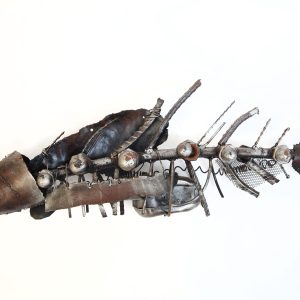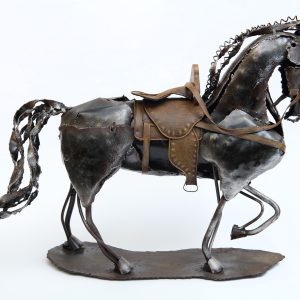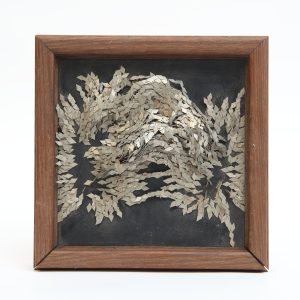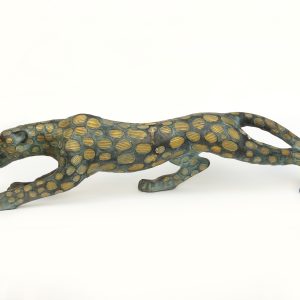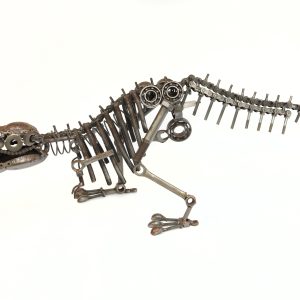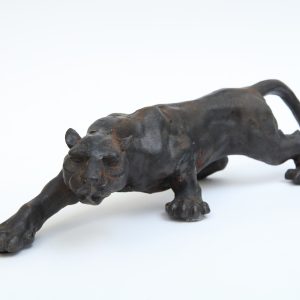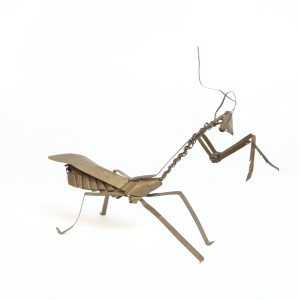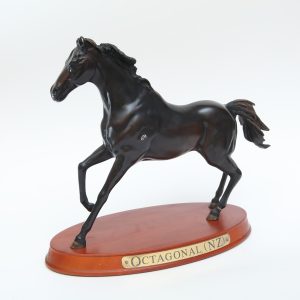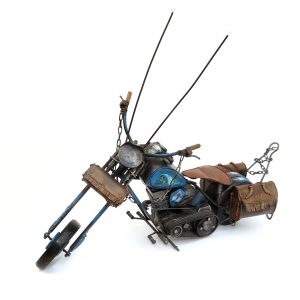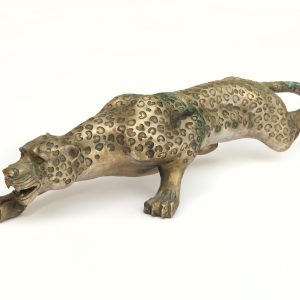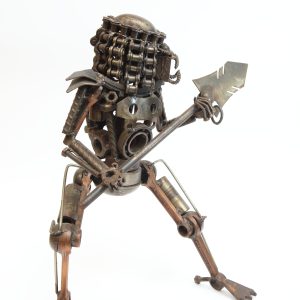Dance of Iron
“Iron” in Chinese is represented by the character “鐵” (tiě). Iron is a chemical element with the symbol Fe and atomic number 26. It is a metal known for its strength and durability, and it is one of the most abundant elements in the Earth’s crust. Humans have utilized iron for thousands of years, dating back to ancient times for making tools and weapons.
Dance of Iron
“Iron” in Chinese is represented by the character “鐵” (tiě). Iron is a chemical element with the symbol Fe and atomic number 26. It is a metal known for its strength and durability, and it is one of the most abundant elements in the Earth’s crust. Humans have utilized iron for thousands of years, dating back to ancient times for making tools and weapons.
Iron exists in various forms, such as pure iron, steel (an alloy of iron and carbon), and cast iron. It can be extracted from ores like hematite and magnetite through the smelting process.
In the realm of art, iron’s applications extend beyond practicality to various creative techniques and traditions. Here are some major uses of iron in art:
1.Blacksmithing and Forging Art:Blacksmiths create functional and decorative works by heating and hammering iron. Forging art showcases iron’s strength and malleability, often seen in intricate sculptures, decorative railings, fences, and furniture.
2. Sculpture:Iron is a common material in contemporary and modern sculpture. Artists utilize iron’s durability and workability to create abstract or figurative pieces, often displayed in public spaces, galleries, and museums.
3. Architectural Elements:In architecture, iron is frequently used for decorative and structural purposes. Historical ironworks, such as ornate railings, fences, and building facades, demonstrate the versatility of iron. In modern architecture, iron often appears as steel, combining strength and aesthetics in structures like bridges and skyscrapers.
4. Art Nouveau and Arts and Crafts Movements:In the late 19th and early 20th centuries, ironwork played a significant role in these movements. Artists and craftsmen created elaborate iron designs for furniture, lighting, and decorative elements, emphasizing craftsmanship and artistry.
5. Metalworking Techniques:In addition to forging, techniques such as welding, casting, and coloring diversify iron art. These methods enable artists to create complex and detailed works that showcase iron’s texture and characteristics.
Overall, iron’s applications in art encompass functional items,decorative elements, and abstract creations, highlighting its diversity and enduring appeal.
-
鐵之舞(SP)
鏽跡之海:在廢墟中游動的靈魂
-
鐵之舞(SP)
鐵骨錚錚,雕塑中的征途
-
鐵之舞(SP)
無限想像的構築
-
鐵之舞(SP)
銅鑄豹隱:歲月中的力量與智慧
-
鐵之舞(SP)
鏽蝕之詩:鋼鐵暴龍的再生美學
-
鐵之舞(SP)
鐵影玄蹤:豹威猶影,文韻流光
-
鐵之舞(SP)
金屬之螳:祈禱者的姿態
-
鐵之舞(SP)
木韻流香:復古酒盒的歲月詩篇
-
鐵之舞(SP)
王者之姿:八角形的永恆奔馳
-
鐵之舞(SP)
飆車馳騁的快感
-
鐵之舞(SP)
準備破空而出的花豹
-
鐵之舞(SP)
機械奇想: 鐵雕中的未來生物

